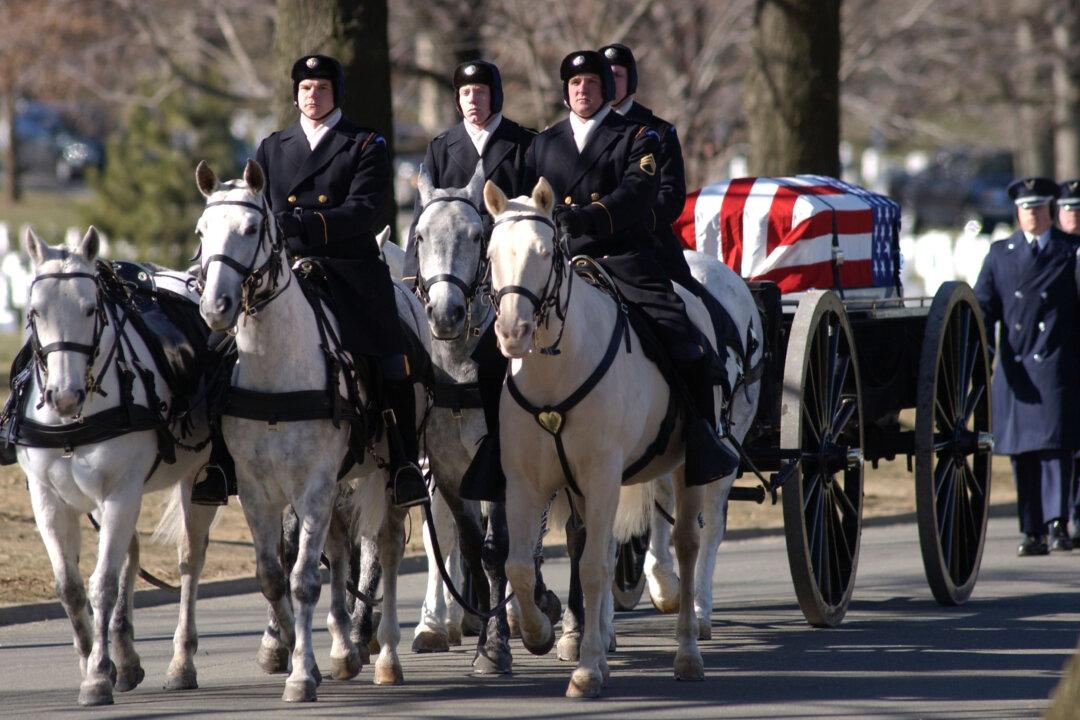“Here comes the cavalry!” These words have become an idiom for the arrival of much needed assistance at decisive moments. Their historical origin testifies to the importance horses and their riders have played in military history, including that of the United States.
The arrival of horses on the battlefields of the ancient world caused a military revolution. The increased power, speed, vantage point, and flexibility of mounted units gave armies a distinctive advantage in many tactical situations. Slower, more unwieldy foot soldier units had to brace for the sudden strike of unexpected cavalry charges from any direction. For foot soldiers, the awe-filled spectacle of heavily armored cavalrymen thundering down on them in storm clouds of dust must have turned blood cold.






